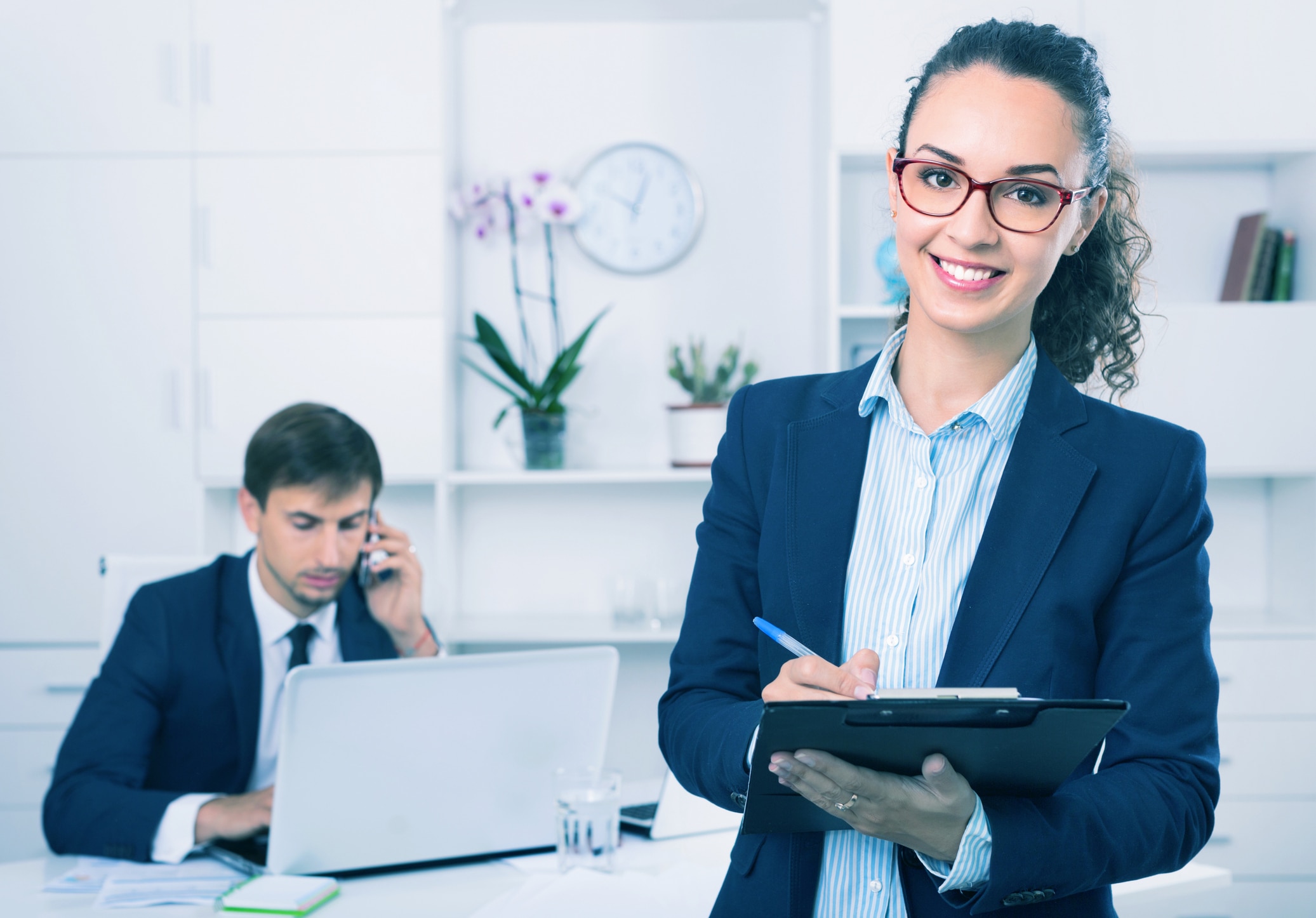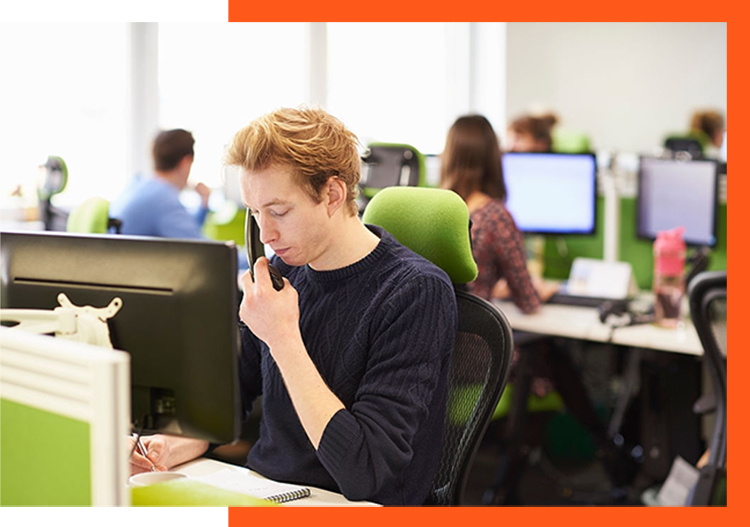All Categories
Featured
Table of Contents
- – What Is The Best Answering Service Jobs In All ...
- – What Is The Best 4 Different Types Of Business...
- – How Much Does It Cost To Have A Answering Serv...
- – What Is The Best Phone Answering Services - A...
- – What Is The Best Virtual Receptionist - Answe...
- – What Is The Best What Is An Answering Servic...
What Is The Best Answering Service Jobs In All Australia On The Market
This gadget and its followers were developed by Sava Jacobson, an electrical engineer with a personal consulting organization. While early answering machines utilized magnetic tape technology, the majority of modern devices utilizes solid state memory storage; some gadgets use a combination of both, with a solid-state circuit for the outgoing message and a cassette for the inbound messages.
"toll saving" below) (local phone answering service). This works if the owner is screening calls and does not wish to talk to all callers. In any case after going, the calling celebration needs to be informed about the call having actually been addressed (for the most part this begins the charging), either by some remark of the operator, or by some greeting message of the TAD, or dealt with to non-human callers (e.
This holds especially for the Littles with digitally stored greeting messages or for earlier machines (prior to the increase of microcassettes) with a special endless loop tape, separate from a second cassette, dedicated to recording. There have actually been answer-only devices without any recording capabilities, where the welcoming message needed to inform callers of a state of present unattainability, or e (reception services).
What Is The Best 4 Different Types Of Business Phone Answering Services Company?

about availability hours. In taping Littles the welcoming normally includes an invitation to leave a message "after the beep". An answering machine that utilizes a microcassette to record messages On a dual-cassette answerphone, there is an outbound cassette, which after the defined number of rings plays a pre-recorded message to the caller.

Single-cassette voice mail consist of the outgoing message at the start of the tape and inbound messages on the remaining space. They first play the announcement, then fast-forward to the next readily available area for recording, then record the caller's message. If there are numerous previous messages, fast-forwarding through them can trigger a considerable delay.
This beep is often described in the greeting message, requesting that the caller leave a message "after the beep". TADs with digital storage for the tape-recorded messages do disappoint this delay, naturally. A TAD may offer a push-button control center, where the answerphone owner can ring the house number and, by getting in a code on the remote telephone's keypad, can listen to recorded messages, or erase them, even when away from home.
How Much Does It Cost To Have A Answering Service Jobs In All Australia?

Consequently the maker increases the number of rings after which it responds to the call (normally by 2, resulting in 4 rings), if no unread messages are presently stored, however responses after the set variety of rings (generally two) if there are unread messages. This enables the owner to discover whether there are messages waiting; if there are none, the owner can hang up the phone on the, e.
Some devices likewise permit themselves to be from another location activated, if they have actually been switched off, by calling and letting the phone ring a specific large number of times (generally 10-15). Some company abandon calls already after a smaller sized number of rings, making remote activation difficult. In the early days of Little bits an unique transmitter for DTMF tones (dual-tone multi-frequency signalling) was regionally required for remote control, given that the formerly used pulse dialling is not apt to convey appropriate signalling along an active connection, and the dual-tone multi-frequency signalling was carried out step-by-step.
Any incoming call is not identifiable with respect to these homes in advance of going "off hook" by the terminal equipment. So after going off hook the calls must be switched to appropriate gadgets and only the voice-type is immediately available to a human, but perhaps, however ought to be routed to a LITTLE BIT (e.
What Is The Best Phone Answering Services - Australian Virtual Receptionists On The Market Today
What if I informed you that you do not need to really select up your device when answering a client call? Another person will. So hassle-free, best? Responding to telephone call does not require somebody to be on the other end of the line. Efficient automated phone systems can do the technique just as effectively as a live agent and often even better.
An automated answering service or interactive voice response system is a phone system that interacts with callers without a live person on the line - phone answering service. When companies utilize this technology, clients can get the answer to a concern about your company just by using interactions established on a pre-programmed call flow.
Although live operators update the customer support experience, many calls do not require human interaction. An easy taped message or instructions on how a customer can obtain a piece of details typically fixes a caller's instant requirement - phone call answering. Automated answering services are an easy and efficient method to direct incoming calls to the ideal person.
What Is The Best Virtual Receptionist - Answering Service - Phone Answering Holder For Car
Notification that when you call a company, either for assistance or item questions, the very first thing you will hear is a pre-recorded voice greeting and a series of alternatives like press 1 for customer care, press 2 for inquiries, and so on. The pre-recorded choices branch out to other choices depending upon the client's choice.
The phone tree system helps direct callers to the ideal person or department using the keypad on a mobile phone. In some circumstances, callers can utilize their voices. It's worth noting that auto-attendant options aren't limited to the 10 numbers on a phone's keypad. As soon as the caller has actually selected their very first choice, you can design a multi-level auto-attendant that utilizes sub-menus to direct the caller to the right sort of support.
The caller does not have to communicate with a person if the auto-attendant phone system can handle their issue. The automated service can route callers to a staff member if they reach a "dead end" and need help from a live agent. It is pricey to employ an operator or executive assistant.
What Is The Best What Is An Answering Service? - Ruby Blog To Buy In 2023?
Automated answering services, on the other hand, are substantially less costly and supply significant cost savings at an average of $200-$420/month. Even if you do not have dedicated staff to deal with call routing and management, an automatic answering service enhances efficiency by allowing your group to focus on their strengths so they can more efficiently invest their time on the phone.
A sales lead routed to customer care is a lost shot. If a customer who has product concerns reaches the incorrect department or gets incomplete answers from well-meaning employees who are less trained to deal with a specific kind of question, it can be a cause of disappointment and frustration. An automated answering system can minimize the number of misrouted calls, consequently assisting your staff members make better usage of their phone time while maximizing time in their calendar for other tasks.
With Automated Answering Systems, you can develop a customized experience for both your personnel and your callers. Make a recording of your primary greeting, and just upgrade it frequently to show what is going on in your company. You can produce as lots of departments or menu choices as you desire.
Table of Contents
- – What Is The Best Answering Service Jobs In All ...
- – What Is The Best 4 Different Types Of Business...
- – How Much Does It Cost To Have A Answering Serv...
- – What Is The Best Phone Answering Services - A...
- – What Is The Best Virtual Receptionist - Answe...
- – What Is The Best What Is An Answering Servic...
Latest Posts
Value Small Business Answering Service Near Me
Dental Answering Service Near Me
Specialist Phone Answering Service Near Me
More
Latest Posts
Value Small Business Answering Service Near Me
Dental Answering Service Near Me
Specialist Phone Answering Service Near Me